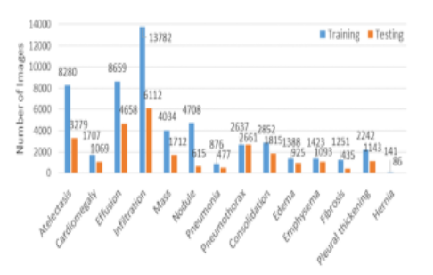


Indian Journal of Science and Technology
Year: 2023, Volume: 16, Issue: 6, Pages: 427-434
Original Article
Roshan Shetty1*, S N Prasad2, D V Manjunatha3, V Veeraprathap4, Vasudev Shahapur5, M S Shwetha6
1Reaserch Scholar, School of ECE, REVA University. Bengaluru & Dept. of ECE, Alva’s Institute of Engineering & Technology, Moodbidri, Karnataka, India
2Department of Electrical and Electronics Engineering, Manipal Institute of Technology Bengaluru, Manipal Academy of Higher Education Manipal, 576104, Karnataka, India
3Sr.Professor, Department of ECE, Alva’s Institute of Engineering & Technology, Moodbidri, Karnataka, India
4Department of ECE, Alva’s Institute of Engineering & Technology, Moodbidri, Karnataka, India
5Department of CSE, Alva’s Institute of Engineering & Technology, Moodbidri, Karnataka, India
6Department of ECE, Alva’s Institute of Engineering & Technology, Moodbidri, Karnataka, India
*Corresponding Author
Email: [email protected]
Received Date:09 May 2022, Accepted Date:11 January 2023, Published Date:15 February 2023
Objectives: The AI-based Computer-Aided-Diagnosis of Chest X-Rays related to COVID-19 is very essential. Here we present an Attention regulated Pre-trained DenseNet-121with intermediate transfer learning as a Chest X-Ray image classifier to classify images according to three labels: COVID-19, pneumonia, and normal. Methods: We are proposing a new Attention regulated ImageNet pre-trained DenseNet-121 neural network architecture, which is retrained on NIH ChestX-ray14 data as an intermediate database before the actual COVID- 19 database. We also fine-tuned the last layer of this neural network with a suggested novelty called the output neuron-keeping technique. Before feeding the Covid-19 data we removed all other neurons corresponding to Chest X-ray14 pathology classes except the “No finding” and “Pneumonia” classes. A new third neuron with random weights and bias is created in the final layer to detect Covid-19 pathology. A DenseNet-121 is supported by a GRAD-CAM-based attention mechanism in achieving detection accuracy and localization of pathologies. The used Covid-19 dataset is a combination of 370 Pneumonia, 1255 Normal, and 439 COVID-19 Chest X-Ray images. We randomly took 50 pictures from each class for testing purposes, the remaining images are augmented more to improve DenseNet performance on a small COVID- 19 dataset. Findings: Our state-of-art model achieved 98.6% test accuracy since it misclassified one out of 50 Covid-19 images, and one out of 50 Pneumonia images, but all 50 normal Chest X-Ray images are classified with 100% accuracy. We compared our model with the other three state-of-theart models, particularly under three-class classification problems (Pneumonia,Covid-19, and Normal). The experimental result shows that the proposed model outperforms the existing three models by obtaining an accuracy of 98.6%. The GRAD-CAM generated heatmaps improved the interpretation of the infections. Novelty: The intermediate transfer learning, neuron keeping, and attention-regulated DenseNet are the highlight of the proposed work in achieving detection accuracy. The GRAD-CAM generated heatmaps indicate future research on COVID-19 diagnosis to analyze the severity of the infection. We believe this model may bridge the medical community and Artificial Intelligence gap.
Keywords: Chest XRay14; Covid19 diagnosis; DenseNet121; GradCam; Neuron keeping
© 2023 Shetty et al. This is an open-access article distributed under the terms of the Creative Commons Attribution License, which permits unrestricted use, distribution, and reproduction in any medium, provided the original author and source are credited. Published By Indian Society for Education and Environment (iSee)
Subscribe now for latest articles and news.